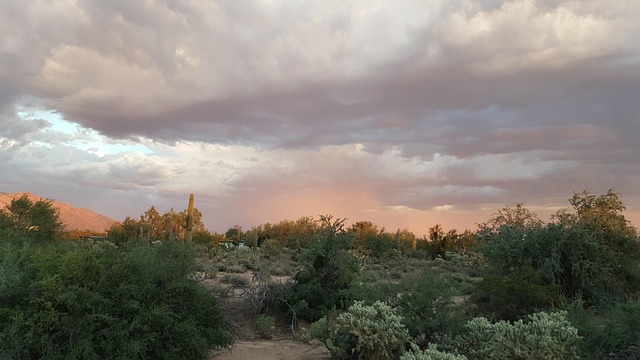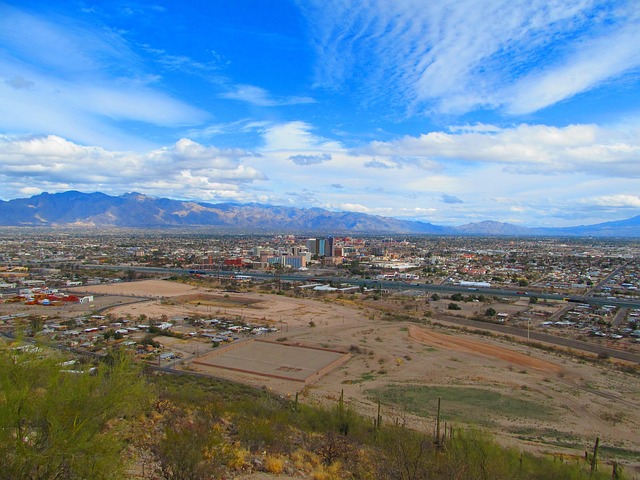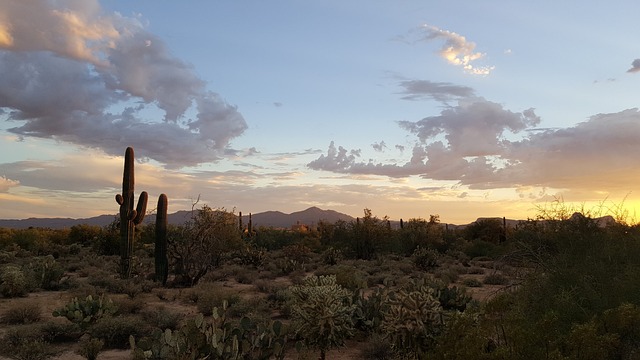Desert trails offer captivating outdoor experiences with diverse landscapes, unique challenges, and rewards, fostering solitude and connection with nature. The allure of desert landscapes has sparked a global real estate trend, with demand for properties adjacent to deserts driving development of resorts, villas, and communities, bolstering local economies and transforming remote destinations into thriving markets. Desert hiking's popularity grows as adventurers seek immersive experiences in vast sand expanses, ancient ecosystems, and cultural history, offering both physical and intellectual challenges.
Outdoor enthusiasts are increasingly drawn to the allure of desert trails, where rugged landscapes and pristine natural beauty converge. This article explores why these unique environments have become a paradise for adventurers worldwide. We delve into the real estate trends in popular desert destinations, highlighting how accessibility and infrastructure have transformed once-remote areas. Additionally, we examine the compelling reasons behind the global attraction to desert hiking, from breathtaking vistas to challenging terrain.
Desert Trails: A Paradise for Outdoor Enthusiasts

Desert trails offer a unique and captivating experience for outdoor enthusiasts seeking adventure and breathtaking landscapes. These arid terrains, often overlooked in favor of more verdant destinations, provide a realm where nature’s resilience and beauty shine. The real estate of desert trails is diverse, ranging from rugged mountain ranges to vast sandy dunes, each presenting its own set of challenges and rewards.
For those who dare to explore, these trails unlock a world of discovery. Adventurers can expect to navigate labyrinthine paths, encounter resilient plant life, and be captivated by the dance of shadows and light. The solitude and tranquility offered by desert landscapes foster a deep connection with nature, making it an ideal escape for folks yearning to break free from the hustle and bustle of urban life.
Real Estate Trends in Desert Destinations

The allure of desert landscapes has sparked a unique trend in real estate across popular destinations. As outdoor enthusiasts seek adventurous trails and breathtaking vistas, many are discovering the benefits of investing in properties within these arid environments. This shift is evident in rising demand for desert-adjacent real estate, with buyers drawn to both luxury retreats and affordable living options.
Deserts offer a sense of tranquility and a connection to nature that’s hard to replicate elsewhere. As such, developers are increasingly catering to this niche market, constructing resorts, villas, and communities designed for outdoor enthusiasts. These properties often boast amenities like hiking trails, swimming pools, and panoramic views—all within easy reach of some of the world’s most stunning desert landscapes. This trend not only contributes to local economies but also transforms the real estate landscape in these once-remote destinations.
Why Desert Hiking Attracts Adventurers Globally

Desert hiking has become a magnet for adventurers worldwide, drawing them to explore the unique and breathtaking landscapes these arid regions offer. The allure is undeniable; vast expanses of sand, towering rock formations, and otherworldly scenery provide a stark contrast to the more familiar natural settings that many are accustomed to. This distinctiveness makes desert trails a sought-after destination for outdoor enthusiasts who crave challenge and exploration.
The real estate of deserts, with its expansive and often untouched terrain, allows for an immersive experience. Trails wind through ancient ecosystems, offering a chance to discover rare flora and fauna adapted to harsh conditions. The sense of solitude and remoteness is appealing, providing a break from the hustle and bustle of everyday life. Many desert hiking trails are also steeped in cultural history, with ancient ruins or rock art that tell stories of past civilizations, further enhancing the allure for adventurers seeking both physical and intellectual challenges.






